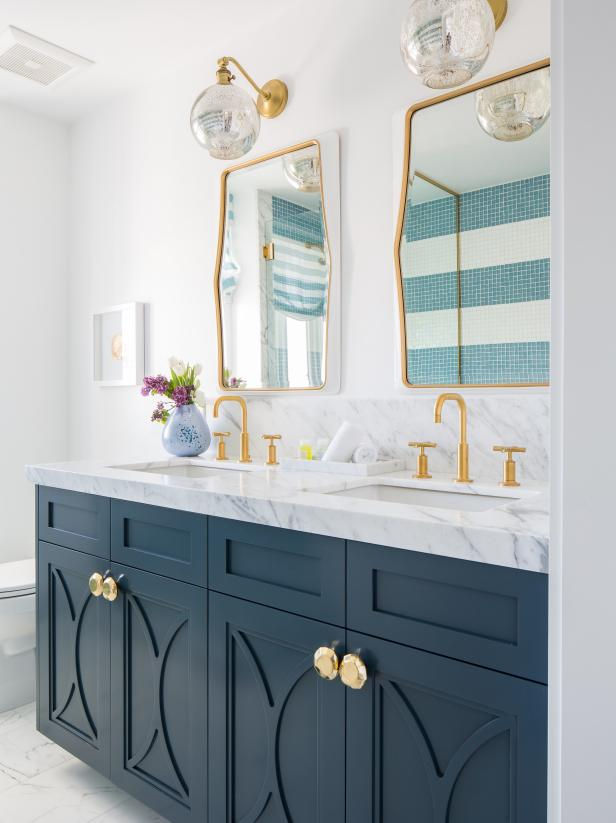Keys to Selecting the Perfect Vanity
- Rachel
- Oct 18, 2019
- 3 min read

A well-sized and positioned vanity can make or break a bath’s look, feel and functionality. The key factors to consider when selecting a vanity include:
Style/aesthetic preferences
Materials used to make the vanity
Countertop material
Number of sinks wanted or needed
Location of the vanity
Amount of storage space required or available
Existing infrastructure
When selecting a bath vanity for the master, powder room, or other baths, the pieces chosen should complement the home’s existing décor. While there is benefit to adding an occasional piece or accent that contrasts stylistically, putting a European modern vanity in the powder room of a Victorian home could seem awfully out of place.

While it might be tempting to use an old piece of furniture as a bath vanity, vanities made specifically for bathrooms account for fixtures and plumbing, and are crafted with moist environments in mind. The height of the vanity influences plumbing fixtures needed to meet your goals. Vanities that are less than 34 inches tall may be best served with a vessel-style sink. Another critical factor in selecting a vanity is the finish used to seal and decorate the cabinet. Finish refers both to the process used to seal the wood and the materials used to change the appearance of the wood. Finishes used to seal bath vanities are able to withstand moist and humid environments.
The countertop selected for the bath needs to account for functional and practical considerations. Bathroom countertops come into contact with nail polish remover, cosmetics, toothpaste, shaving cream, hair dryers and curling irons among other common bath staples. Many bath products can damage a countertop that is not sealed properly or not made to withstand abuses that occur in the daily use of the bathroom.

Aesthetically, we advise our clients to pick a countertop before selecting tile or other floor and wall covering materials. It’s generally much easier to match surfacing materials (tile, stone, wood, etc.) to a unique countertop material or design than the other way around. The goal is to select materials that complement, as opposed to compete, with one another.
Most of our clients select a vanity that features two bowls, enabling those using the bath to have their own personal space and providing separate grooming stations for spouses, partners or family members to prepare for the day at the same time. However, in baths were space is a premium there may not be the space that makes a double bowl vanity possible. The size of the vanity should work in the available space. You don’t want to order a vanity that blocks doors or limits movement if the cabinet drawers and doors are open.

A well-designed bathroom is an organized bathroom. To help maximize the efficiency of a bath, homeowners should identify the products and accessories that they use daily, e.g. curling iron, hair dryer, cosmetics, etc. This helps identify what needs to be stored and possible storage locations inside and outside of the vanity cabinet.
The existing infrastructure also can influence the type of vanity you select and where it will be located. If you want to simply replace what exists in the same location, selecting a vanity of similar size should not create issues. However, if you need to reconfigure plumbing, electrical and ventilation, that could add to construction costs if not accounted for in the initial planning phases.
If you would like additional information on how to select the perfect vanity for your bath, please call our showroom at (215) 454-2258 or visit us at 127 S Easton Rd. Glenside, PA 19038.






Comentarios